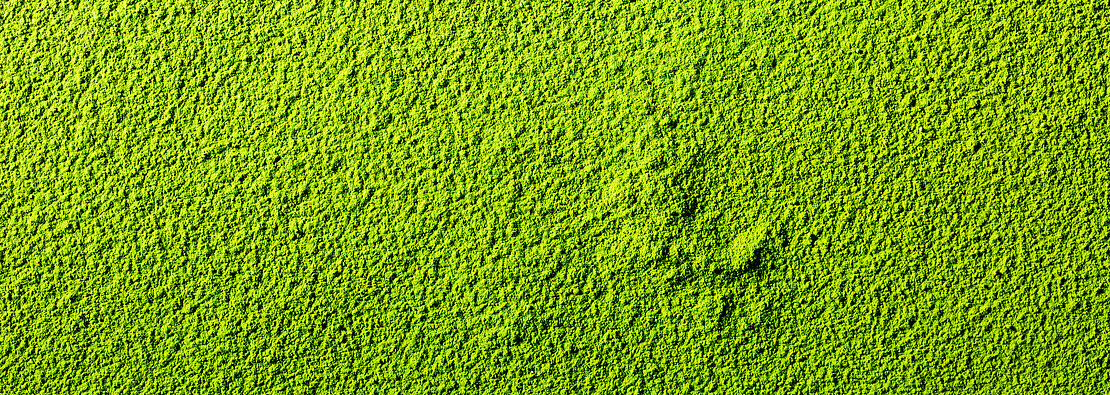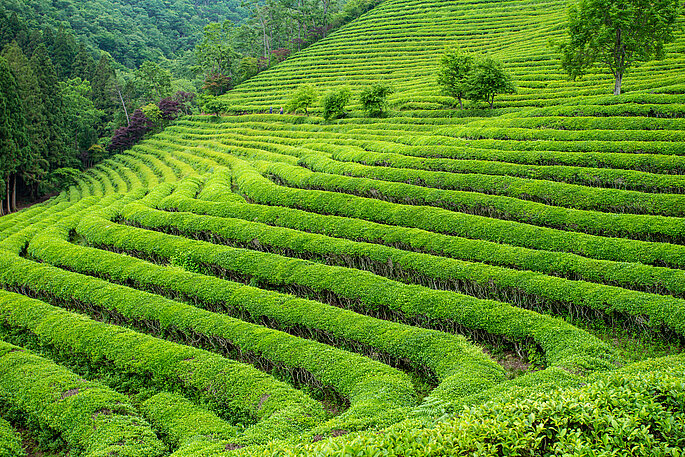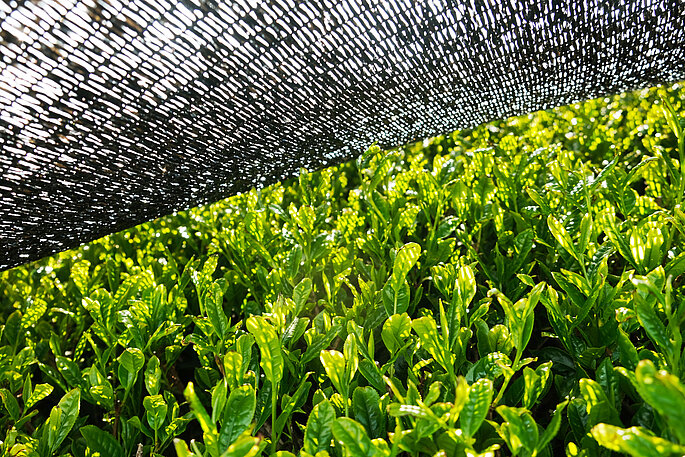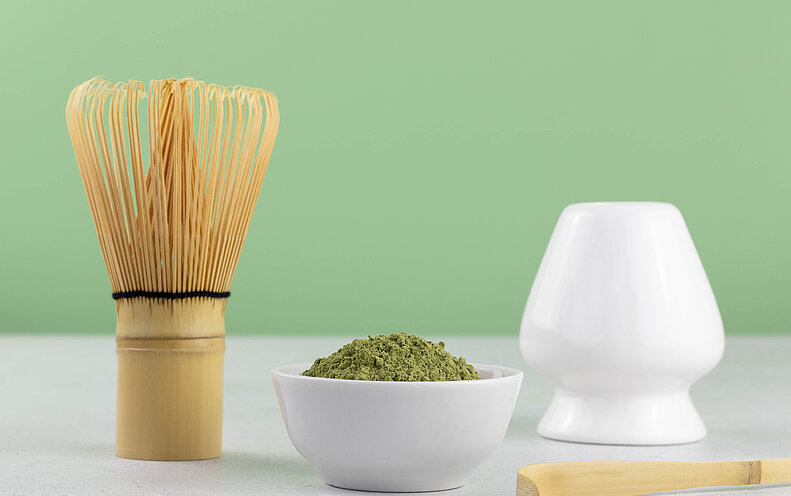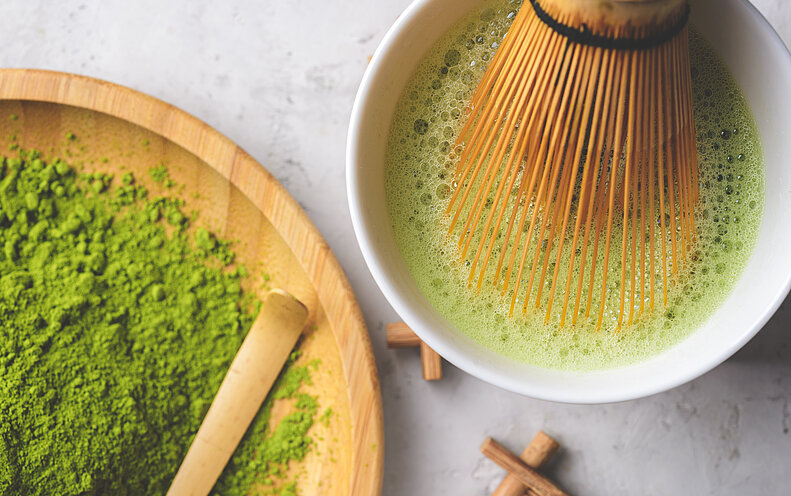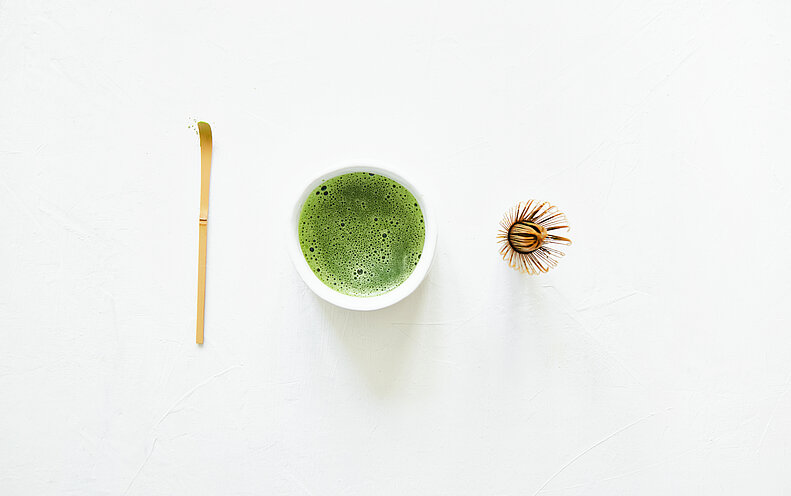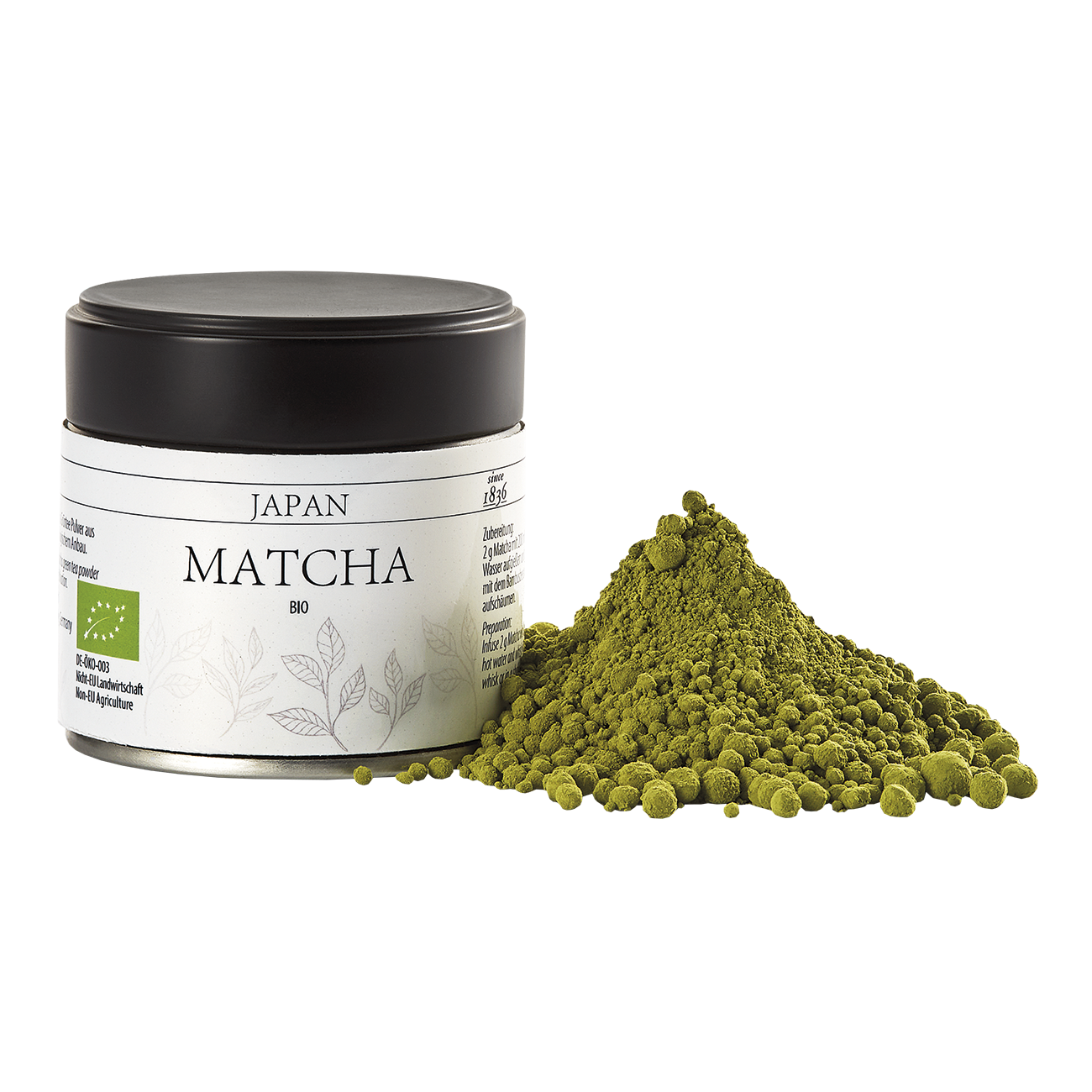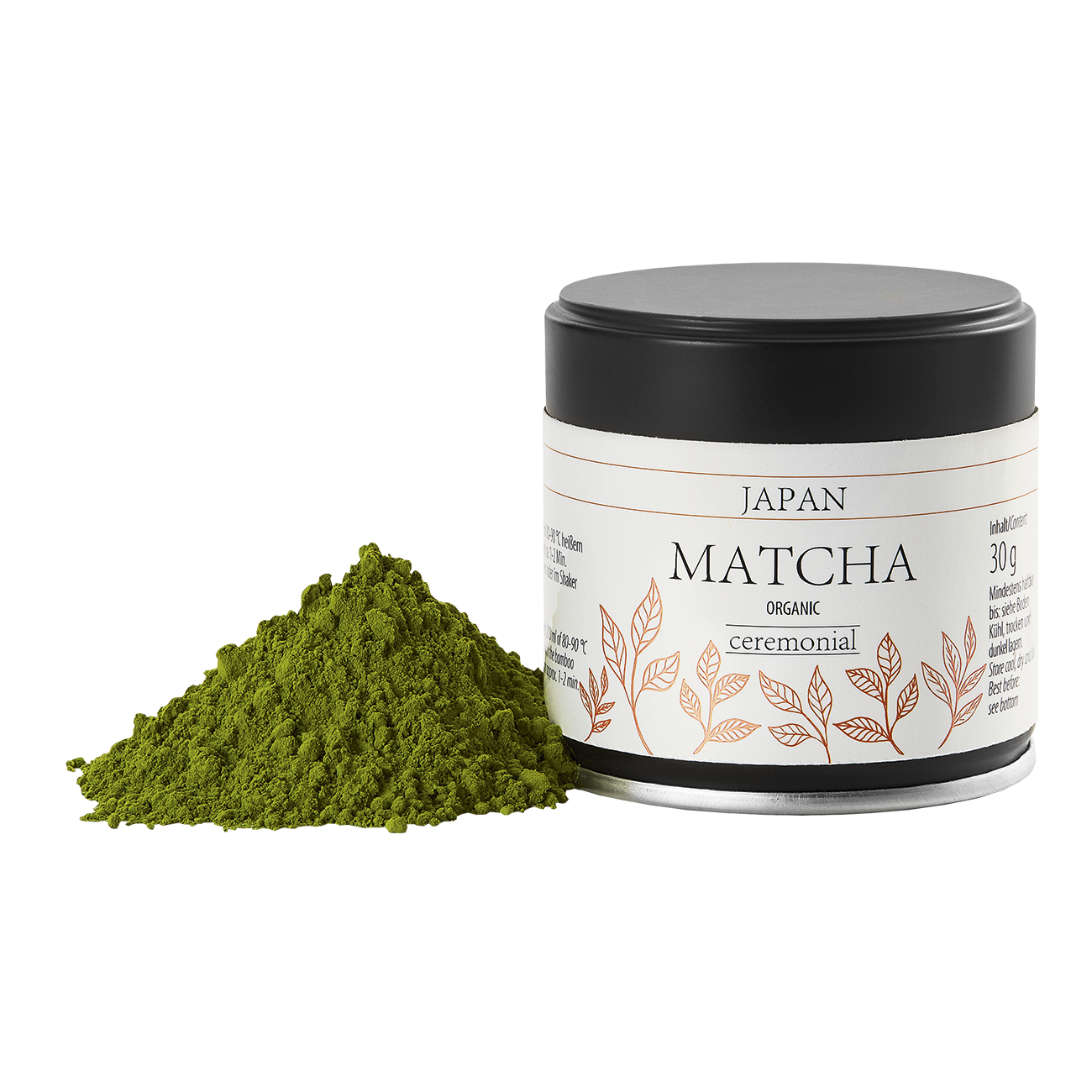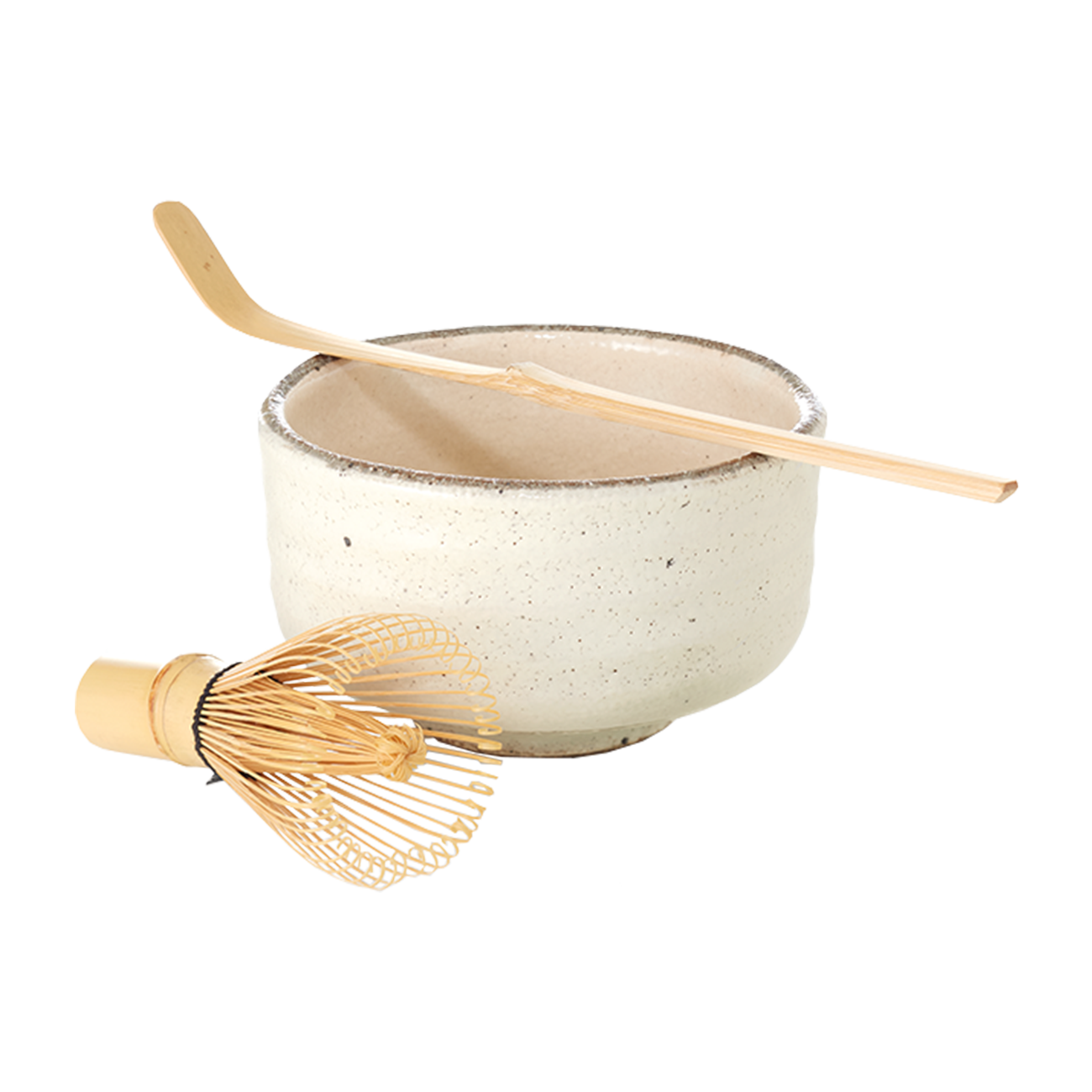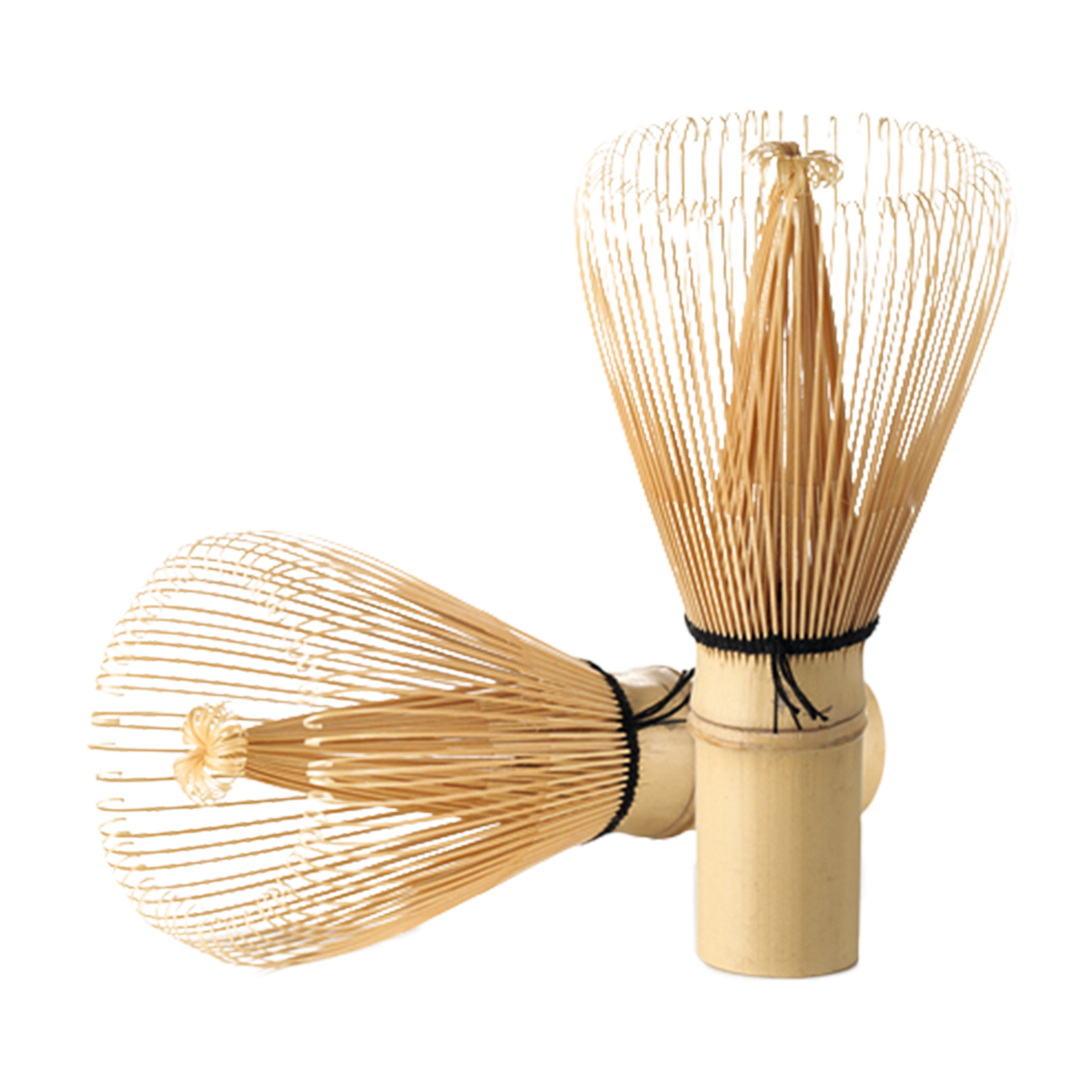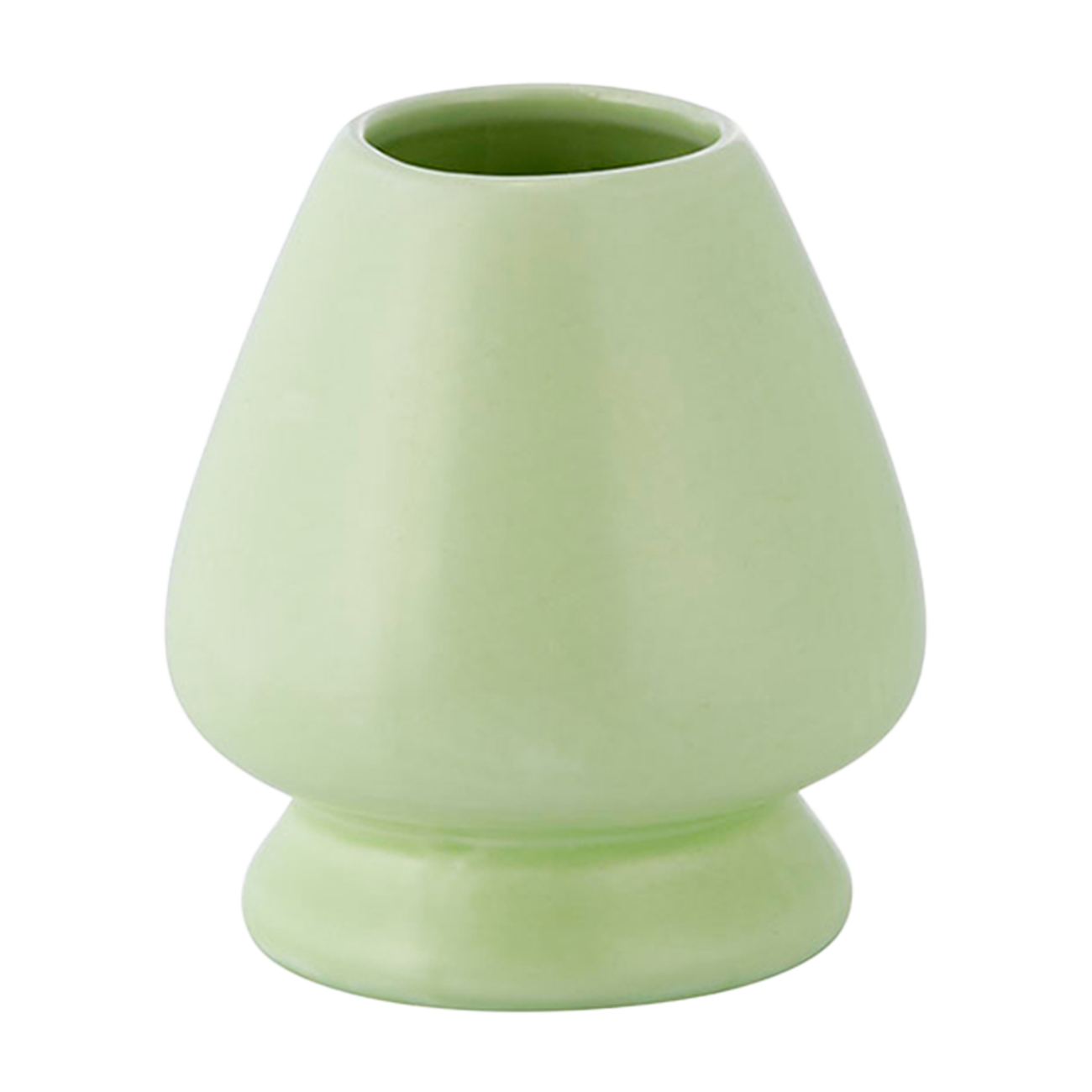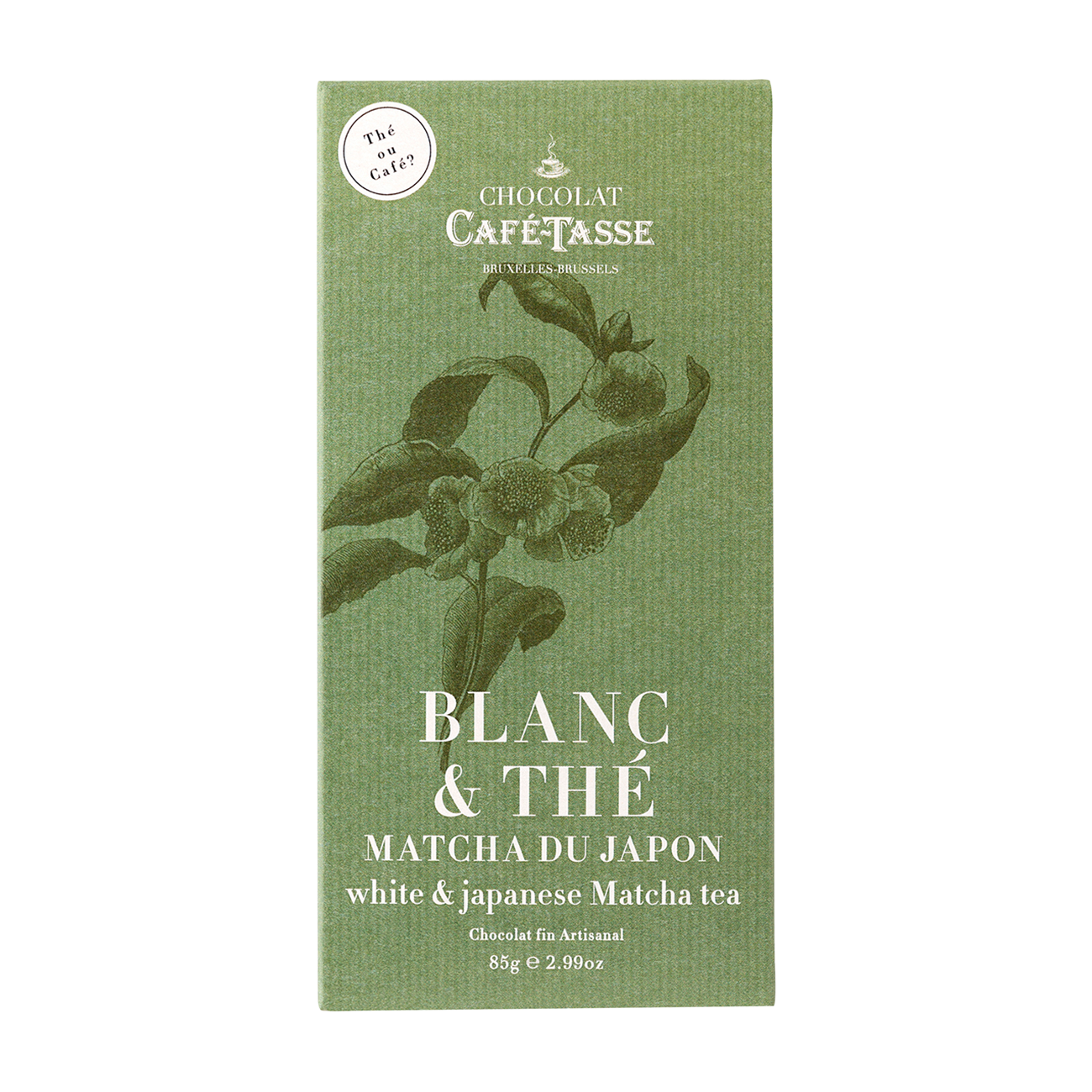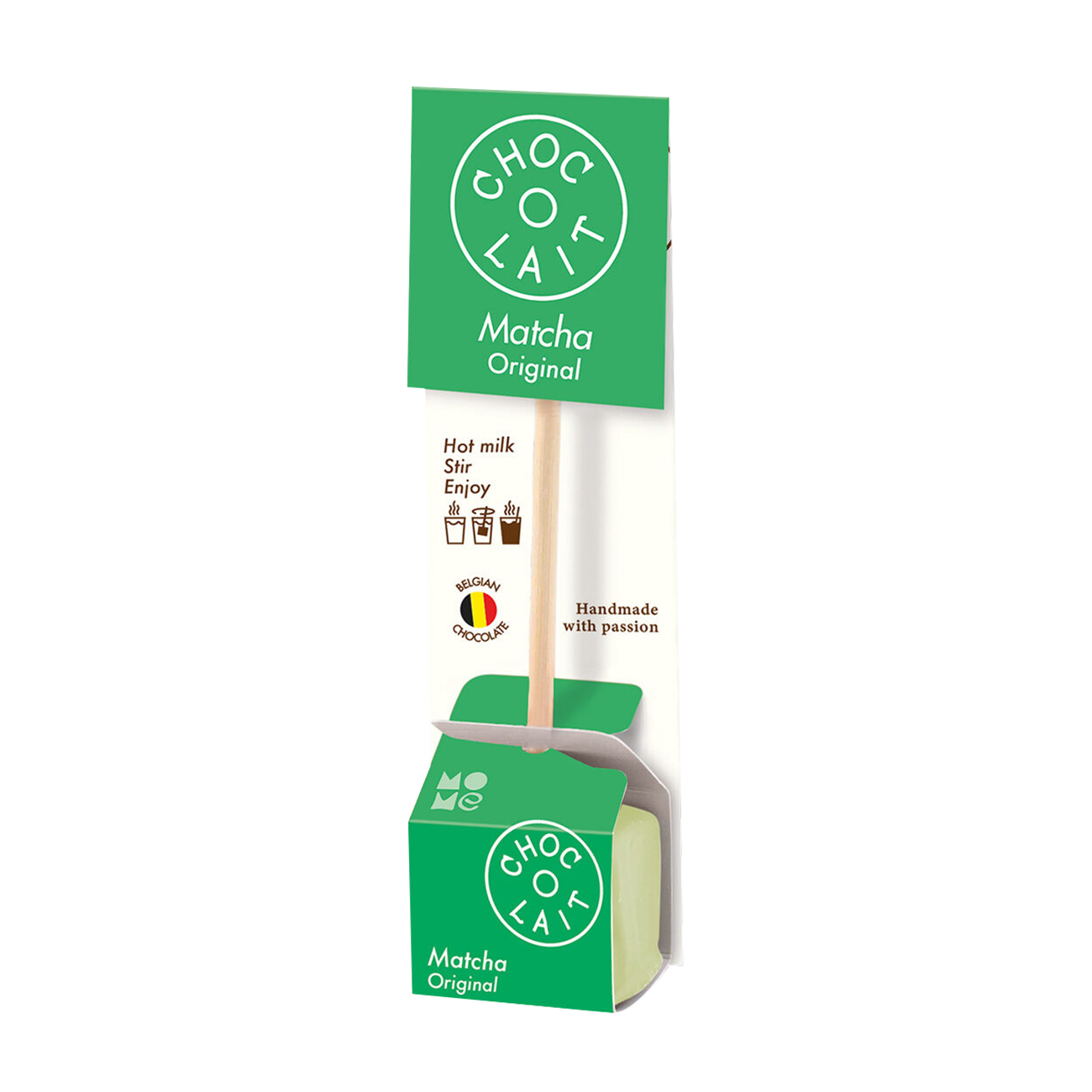Matcha
The bright green Superfood
The superfood matcha is known to pretty much everyone, but what is matcha actually, where does matcha come from and how is it prepared properly?
Matcha is fine powder made from green tea leaves with a striking bright green colour, is high in caffeine and has many positive healthy properties.
The name 'Matcha' comes from Japanese and means 'ground tea'. However, what most people do not know is, that Matcha does not originate in Japan, but in China. The tea powder was used as a remedy in traditional Chinese medicine as early as the 6th century and only found its way to Japan in the 12th century. Today, it is hard to imagine Japan without this special green tea and which is still, to this day, prepared according to a specific ritual during traditional Japanese tea ceremonies. Matcha from Japan is considered the highest quality matcha, but only a fraction of the tea powder produced there is exported to Europe.
How is matcha cultivated and processed?
Not all green tea powder is matcha. Traditionally, the green tea varieties Tencha and Gyokuro are used for the production of Japanese Matcha. The Tencha leaves can either be infused directly or processed into Matcha powder. Tencha tea is of high quality and has an intense flavour.
A big difference between regular green tea (Sencha) and Matcha is already in the cultivation of the tea. Sencha grows in direct sunlight until it is harvested, whereas for Matcha the tea plantation is covered at least 3 weeks before harvesting to reduce direct sunlight. Due to the deprivation of light, the tea plants develop drastically differently in these last weeks before harvest. As a result of the shading, the plants grow wider, the leaves are thinner and the accumulation of certain nutrients is promoted. In this way, the tea becomes less intense, and acquires its well-known slightly sweet and mild flavour.
High quality teas are harvested and sorted by hand. The harvested leaves are steamed and dried. Afterwards, leaf tissue and stems are separated from each other by a specific process - only the fine leaf tissue is then ground into a fine powder in granite stone mills.
What makes matcha a superfood?
Matcha was not only used in Chinese medicine as a remedy, but nowadays Matcha is stilll considered a superfood that is believed to have many positive properties. Similar to other green teas, matcha also contains many antioxidants and anti-inflammatory nutrients. Due to its special cultivation method and especially due to the fact that, contrary to normal tea, the tea leaves are not strained, more of the positive active substances and ingredients remain contained.
How do I store and prepare my matcha tea properly?
The preparation
For the most traditional and best preparation, it is advisable to use the traditional Matcha utensils. This is not particularly fancy equipment, but for the right preparation you need these simple utensils:
- Chasen - Bamboo whisk
- Chasentate - Holder for the whisk
- Chashaku - Measuring spoon for the matcha powder
- Matcha Chawan - Bowl (for mixing and drinking)
In the first step, one to two heaped spoonfuls of the (sieved) matcha powder is poured into the mixing and drinking bowl with the help of the chashaku. Then about 100 ml of water (for a strong tea) or 200 ml of water (for a milder taste) are added. The water should be around 90° -80°C , because the contact with the mixing bowl and the stirring itself will quickly reduce the temperature of the water to 80°- 70°C. In the next step, the matcha powder is mixed with the water. The whisk - chasen is used for this.
The whisk should be rinsed with hot water before first use. After use, it should also be rinsed properly with hot water and air-dried. For this , the broom should be placed with the handle facing downwards. The bamboo whisk is then best stored on the chasentate - the porcelain holder.
To mix the tea powder and water, the bowl is held with one hand - to prevent it from slipping - while the other hand is used to 'whip' the matcha. The aim of whisking is to dissolve the tea powder in the liquid and at the same time to form a foam on the surface of the Matcha. Now it comes down to the right stirring technique. First, in slow circular movements, remove the Matcha from the bottom of the container and mix it with the water. Then lift the whisk a little and whip the Matcha with quick, straight wrist strokes until there are no more lumps. And there you have the perfect matcha.
The finished matcha can either be enjoyed pure or in a modified and modern version as a 'matcha latte'. Simply mix the desired amount of warm or cold milk or milk alternative (soy milk is often used) with the whipped Matcha.
The storage
For proper storage, make sure that the matcha powder is stored in an airtight container. If the tea powder is stored at room temperature, it should be used within 2-3 weeks. For a longer shelf life, the powder can also be stored in the refrigerator. For larger quantities of matcha, it is recommended to store it in an airtight container in the freezer.
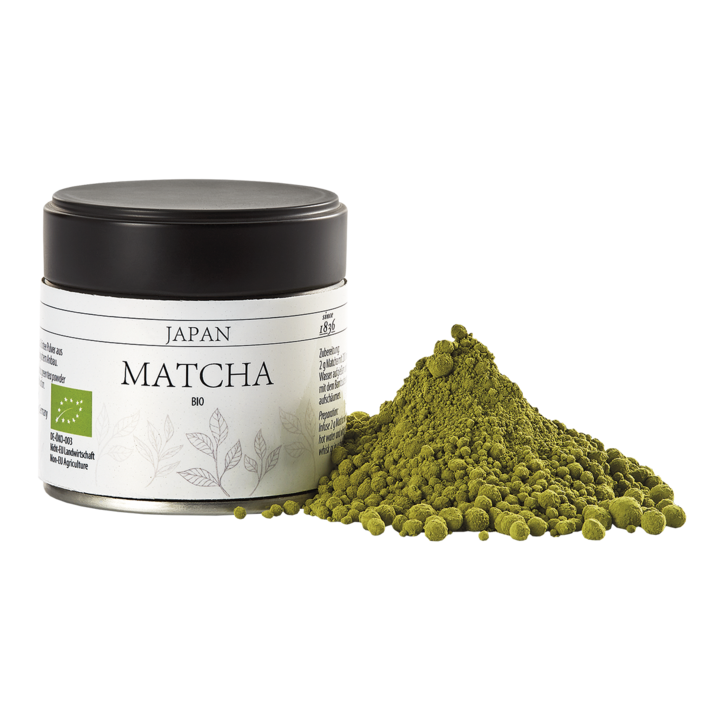
Premium Matcha Kawane (30 g)
In the top tea region of Kawane, in Japan's most important cultivation area of Shizuoka, the finest Tencha is produced for us in spring, based on the cultivars Yabukita and Okumidori. After three weeks of shading, the leaves are harvested, briefly steamed, sorted and then dried. Unlike Sencha or Gyokuro, for example, Tencha is not rolled so that as many ingredients as possible are preserved during milling. This is confirmed when a wonderfully full-bodied taste unfolds in the cup, with slightly tart hints, but without any bitterness; the powder glows bright green.
1-2 minutes brewing time
Water temperature: 70°-80°C
1-2 spoons - 100-200 ml water
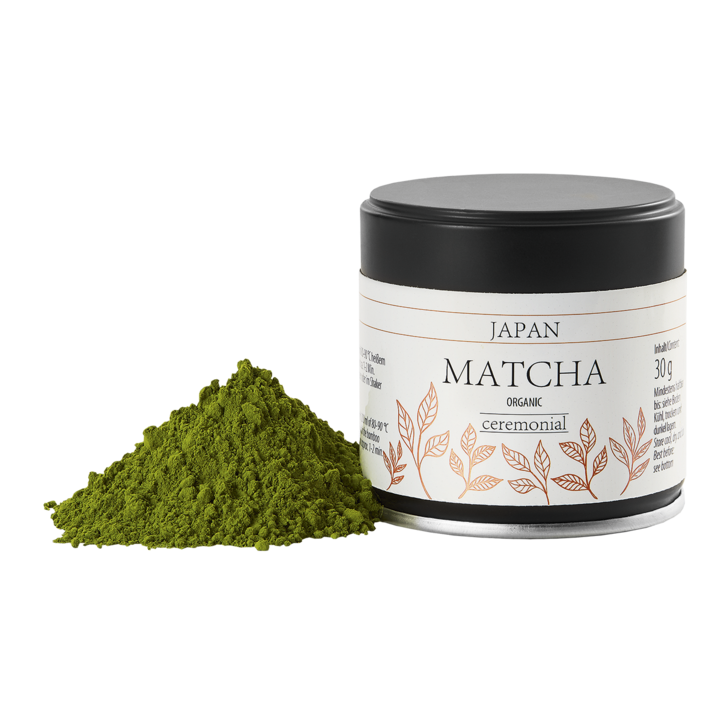
Ceremonial Matcha (30 g)
The Tencha of our Ceremonial Matcha comes from the sunny south of Japan - the Kagoshima region. After Shizuoka, this is the second largest cultivation area in Japan and a pioneer in organic tea cultivation. Due to the climatic conditions, there is a much higher diversity in the use of cultivars. For our Matcha, we used a blend of different cultivars, including Saemidori and Asanoka, which was perfectly matched by the local teamasters to achieve a unique taste composition. The rich green powder gives you a hint of the quality, only to surprise you with delicate bitter notes, a fine umami character and a subtle sweetness!
1-2 minutes brewing time
Water temperature: 70°-80°C
1-2 spoons - 100-200 ml water
